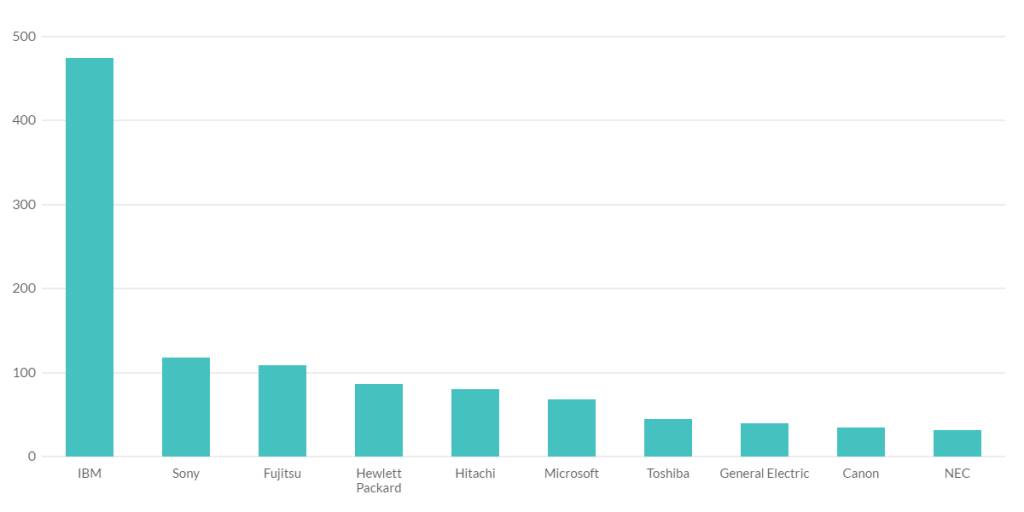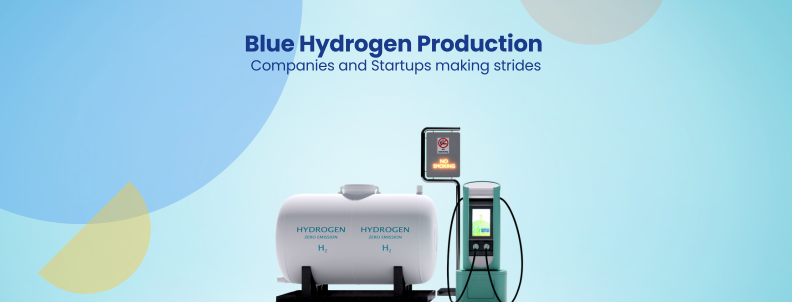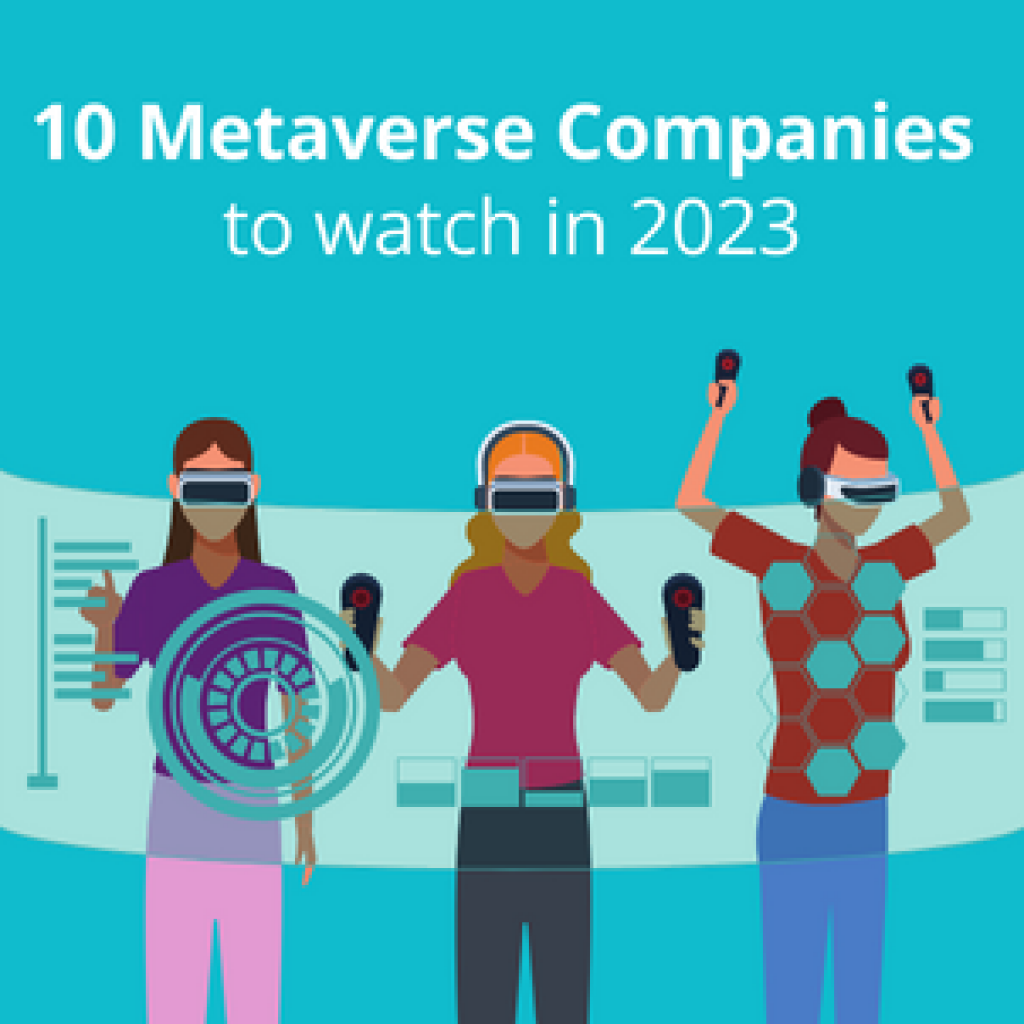As searchers, each of us has an array of tactics and strategies at our disposal. Implementing the right tactic at the right resource could open doors to the prior art that you thought might not have existed despite a thorough search.
While each of the searchers has their own set of strategies they like to employ for a given situation, in my opinion, looking up at the right resources can give you an edge.
Take preprint servers, for instance. Did you know pre-print servers can be a fantastic place to find killer prior art?
I had no idea either until we started working on our client Sam’s project. I will tell you all about it today, but first, let’s address the elephant in the room, shall we?
What are preprint servers, and how can they help invalidate searches?
Preprint servers are online repositories that allow researchers/scholars to upload their work instantaneously. Unlike additional or renowned academic journals, these papers are not peer-reviewed before publication. They only undergo basic screening checks for plagiarism.
Not to give any spoilers early on, but one of these preprint servers gave us information about the case that was not accessible anywhere else.
What did we find and how did that info help? Read on to find out.
Sam wanted us to invalidate a Neural Networks-related patent on a tight deadline.
Sam, a senior IP counsel at a Fortune 500 corporation, recently contacted us with a very interesting situation. He wanted us to conduct an invalidation search project, albeit on a very tight deadline.
Sam had consulted a few IP firms for this project, but none could find any solid art to make this case. So, he was on a tight deadline. Sam had to submit the results in a week, which meant we had only 5 days to share the results with him. This case was big for his corporation, and he had heard about us, so he wanted to give it a final try.
The technology of the subject patent, which involved the nuances of optimizing deep neural networks, didn’t make our job any easier either. This was a tough one. But we like challenges. We planned to explore every possible avenue, albeit smartly.
Grit alone wasn’t enough here; this case needed a strategic approach. Given the short timeline, three researchers—all working in parallel—were assigned the task of finding a killer prior art for this case. We had a lot of factors working against us, and we needed a quick head start.
Therefore, we decided to consult the product development team at GreyB.
It should also be noted that given the NDA we signed with Sam, and our clients in general, we take extreme caution to not disclose any confidential information while any such inter-team communication happens. Confidentiality above all, that’s the thumb rule with us.
Well, coming back to our PD team, they had built amazing AI and ML tools and could quickly help us understand this tech. They shared the basics of neural network technology with us. One of the team members, Kushal Brahmin, also shared that arxiv.org is a hot place to submit research related to ‘neural networks’.
Back to the case, I had a lead for further exploration in case we don’t find anything through conventional methods.
The search for prior art starts – But it’s no cakewalk
We had started our search employing conventional methods – Looking up all the relevant keywords on commercial patent databases and employing every individual tactic the three of us were aware of. But despite an exhaustive 3-day exploration, we had nothing. We could not find any document discussing the novelty.
This situation has never been easy, but we would not give up. We had two more days.
All of the references we found, and those shared by Sam from other vendors, were after the cut-off date. But that’s not the end of the world.
In our experience, we have noticed that such leads, if dug deeper, could lead you to something significant.
As a next step, we backtracked all the leads we had found and those shared by Sam, which were after the cut-off date. One research paper disclosing novelty was “EIE: Efficient Inference Engine on Compressed Deep Neural Network”.
However, unlike the other few leads, it wasn’t submitted by the inventors of the target patent. This was worth a shot. This was when I recalled our AI/ML expert’s suggestion to look into arxiv.org. What happened next was one of the best moments of my life as a researcher.
How did details on a preprint server help us understand killer prior art?
As per the details provided on IEEE Xplore, this paper was presented at a conference – 2016 ACM/IEEE 43rd Annual International Symposium on Computer Architecture (ISCA) that took place in June of 2016. This paper was published in IEEE in August 2016. Both of these dates were after the cut-off date for this search:

The amazing part is what we found on arxiv.org –

The paper was first available on February 4th on this server! It has the same paper and the same content but a gap of about 6 months in its publishing. This proved to be a game-changer in our search.
In the next couple of hours, we also found another document titled Reducing the Model Order of Deep Neural Networks Using Information Theory. For this paper, the research gate shows the publication date to be July 2016, but on arXiv, it was May 2016. We found it by searching on arXiv.org and using it as a supplement for the case.
Once we had all the information we needed, we drafted an email and shared our findings with Sam. There were still a few hours left before the deadline, and Sam was elated by the quality of the art we could find. Sam shared this over email with our sales team:
“Cost-saving is important, and I often use other vendors for their quick and cheap searches. However, results like this remind me why we use firms like GreyB. You guys were totally worth the extra cost. Keep up the good work.” – Sam.
A Note on preprint servers
Well, honestly, I feel our software team guys deserve a bit of the credit, too. If they hadn’t shared anything about arXiv, we would have had to share a “No results found” report too. This case added one of the best search resources to my arsenal. I religiously explore preprint servers in most of my searches, and it works in our favor most of the time.
I am not alone. A few examiners use this strategy, too. A few days ago, I read the following comment from a Reddit WIPO examiner, which I would have missed had it not been for this case.

Yes, preprint servers are a great search resource; you should add them to your arsenal, too. The good news is a good number of such servers are available online. Some of the renowned ones besides arXiv include BioRxiv, Chemrxiv, The Winnower, PsyArXiv, PrePubMed.
Concluding Remarks
Before I conclude, I have two cents, or to put it better, a handy tip you should know while searching.
Whenever you are searching for prior art for a patent that comes from a university or get a close research paper submitted after the cut-off date:
The inventor(s)/author(s) might have first described the work in a research paper since they are more focused on conferences than patents. Thus, exploring similar documents/articles in preprint servers would yield fruitful results.
That’s my tip, y’all. Until next time!
Want to read more such cases where we found prior art in unconventional places? Head here next.
I read quite a bit. Do you want to engage us in a search project? Send us a quick message, and we will get talking:
Authors: Himanshu and Ankush Sharma, Search Team.











